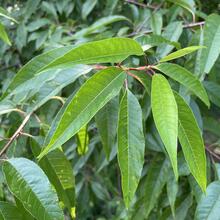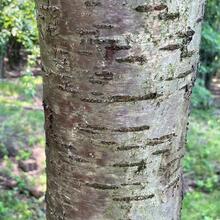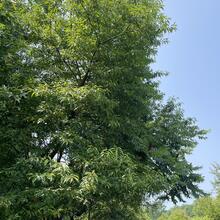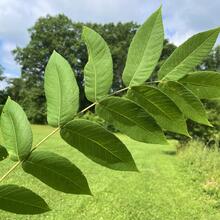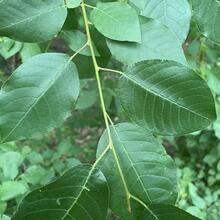Prunus pensylvanica
Rosaceae
Small tree/large shrub that produces root sprouts to form thickets. Showy white flowers and bright red, small fruits. Bark can be a striking red color. Seedlings sprout after forest fires.
Summary
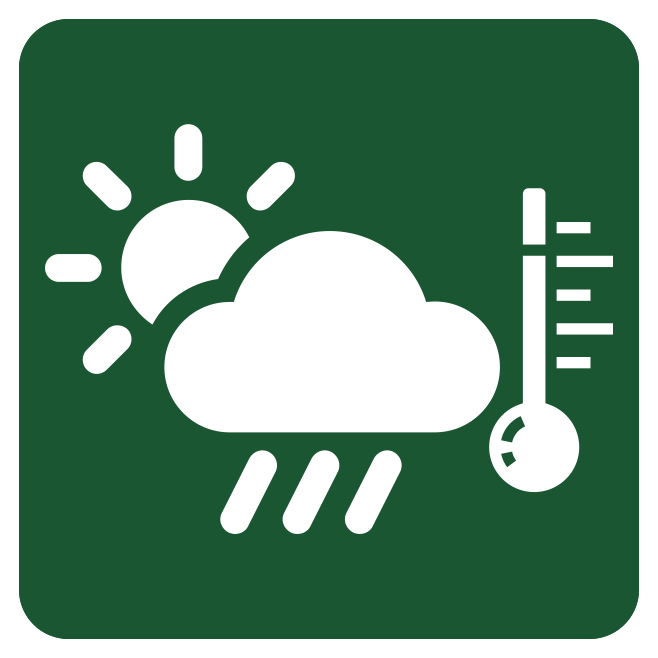 Climate Tolerance
Climate Tolerance
Very Poor
Wildlife Benefits
Nectar source for bees; fruit food source for birds, mammals; moth/butterfly host
Pollination Type
Pollinator
Plant Hardiness Zones
3 to 9
# Butterfly/Moths that use as host
381
Bloom Time
Spring (Apr-Jun)
 Shade/Sun Tolerance
Shade/Sun Tolerance
Full Sun: Receives 6 or more hours of direct sunlight
 Maximum Height
Maximum Height
Small (15-40 ft)
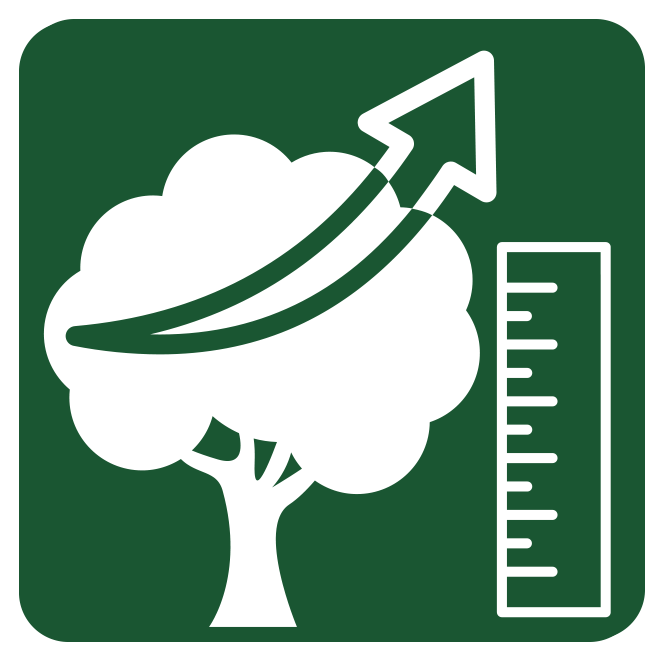 Growth Rate
Growth Rate
Rapid: 2 ft or greater per year
 Soil Type
Soil Type
Loam: Equal mix of clay, sand, and silt. Moderate moisture retention and high nutrient availability.
Sand: Large/coarse particles. Short moisture retention and low nutrient availability.
Rocky: Large pieces of gravel and rock. Short moisture retention and low nutrient availability.
 Soil Moisture Tolerance
Soil Moisture Tolerance
Dry: Soil normally retains little to no water
Root - Fungal Association
Arbuscular mycorrhizae: Symbiotic relationship with fungi that exist on inside of plant root cells, facilitating nutrient uptake
Pest & Pathogen Risks
Medium; Black knot, tent caterpillars
 Urban Stress Tolerance
Urban Stress Tolerance
Low: Tree will not grow well in the urban environment
Drought Tolerance
Sensitive: Tree will become stressed during periods of drought
Coefficient of Conservatism
4
Native Status
OH-Native: Species is native to Ohio
NatureServe G-rank
G5
Plant Community Type
- Beech Mixed: Rare
- Oak Mixed: Rare
- Alluvial: Absent
- Red Maple Mixed: Absent
- Ruderal: Absent
Bloom Color
White
Form
Tree
 Lifespan
Lifespan
Short: Less than 100 years
Soil pH
Circumneutral (pH 6.8-7.2)
Wetland Indicator Status
FACU: Facultative Upland, usually occurs in non-wetlands, but may occur in wetlands
Soil Compaction Tolerance
Sensitive: Tree will become stressed from soil being compacted
Heat Tolerance
Sensitive: Tree will become stressed from increased temperature due to urban heat island effects
Salt Tolerant
Sensitive: Intolerant to either aerial salt spray and/or salt present in soil
Native County Status
Cuyahoga
Geauga
Lake
Lorain
Medina
Portage
Summit
IUCN Red List Assessment
Least Concern
